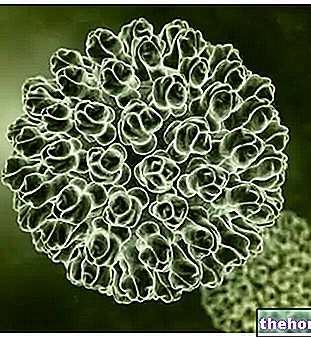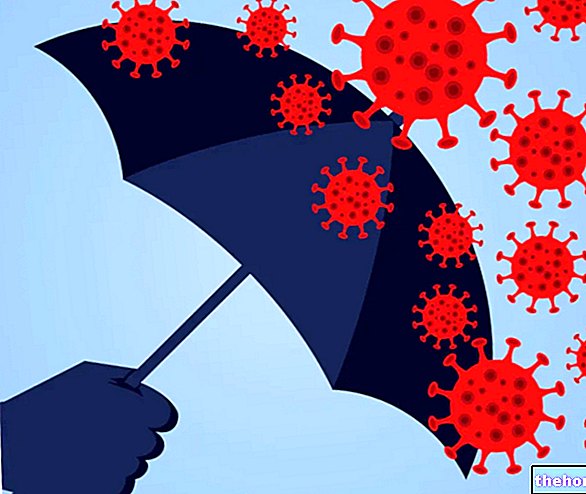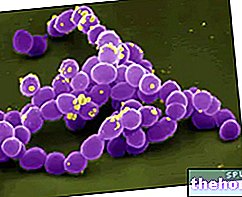
Meningococcal meningitis is a much feared infectious disease, as it can lead to potentially very serious complications (encephalitis and / or myelitis) and sometimes fatal (sepsis).
More frequent in very young children and in people in a state of immunosuppression, bacterial meningitis manifests itself with a "wide variety of symptoms, including - just to name a few - drowsiness, inappetence, high fever, vomiting, lethargy, neck rigidity, photophobia. and convulsions.
In general, a thorough physical examination, blood culture and lumbar puncture are essential for the diagnosis of meningococcal meningitis.
Meningococcal meningitis requires immediate hospitalization of the patient and requires appropriate antibiotic treatment.
THE MENINGOCOCCUS: THE MICROBIOLOGICAL CHARACTERISTICS
- Meningococcus is a Gram-negative, aerobic, immobile, asporigenous bacterium (ie it does not produce spores), positive for the cytochrome-oxidase enzyme and of variable size between 0.6 and 1 micron.
Sensitive to the external environment and to drying, meningococcus can live in pairs or singly. - Currently, microbiologists have identified 13 different subtypes (or serotypes) of meningococcus, giving them, as a name, simple alphanumeric characters; of these 13 subtypes of meningococcus, meningococcus A, meningococcus B, meningococcus C, meningococcus W135, meningococcus X and meningococcus Y are reported as particularly virulent.
- For a small percentage of adults, the meningococcus represents a component of the bacterial flora of the oro-pharyngeal tract; this means that it is not necessarily a pathogenic bacterium, but it can become so under certain conditions and circumstances.
PHYSIOPATHOLOGY
Meningococcus is responsible for meningitis, when it manages to reach and infect the meninges.




























